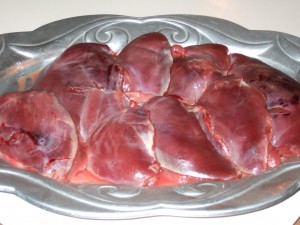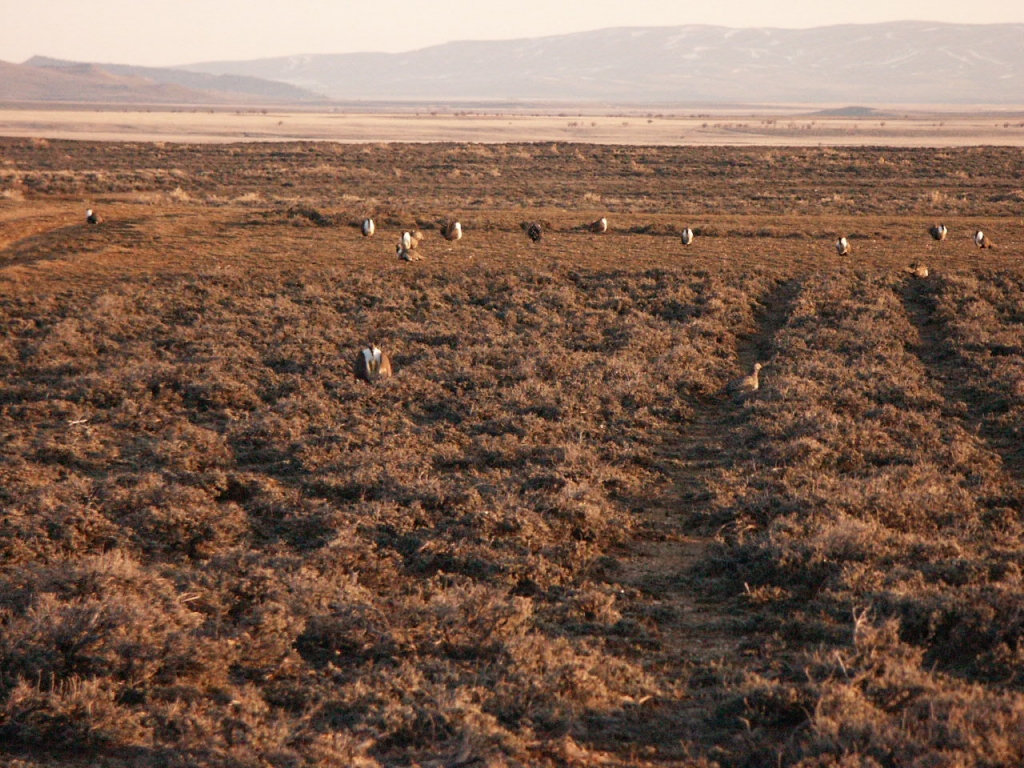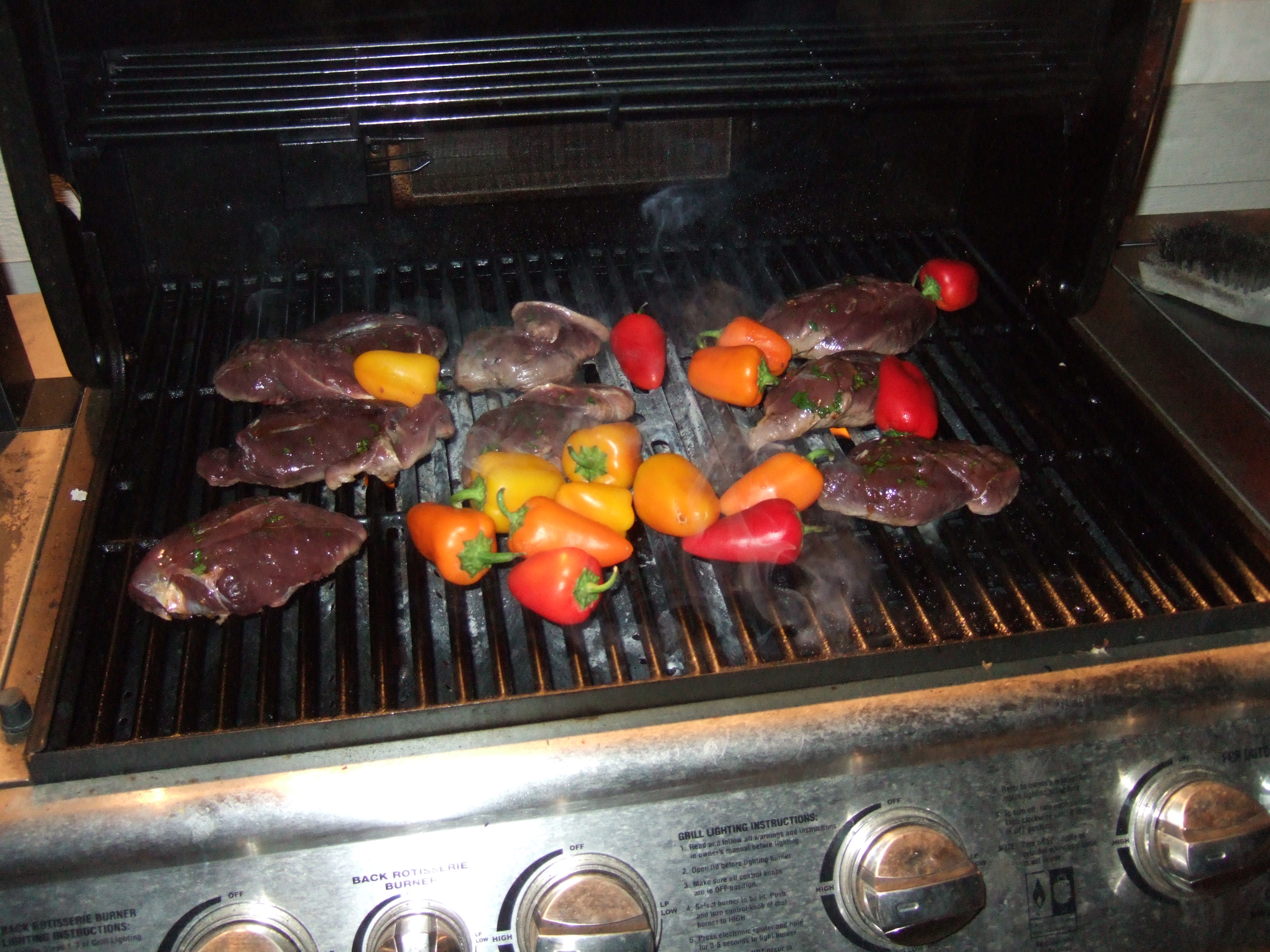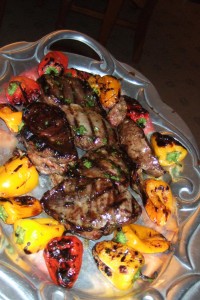From A Hunter’s Road
From Jim Fergus
A Hunter’s Road is nearly a legendary book that is coveted amongst my bird hunting friends. And the author, Jim Fergus, is coincidentally now a good friend of ours. This recipe was featured in Jim’s book and is truly the only way that I will cook sage grouse.
Trust me—I have tried sage grouse in everything from pate` to chowder, and nearly every other concoction. I once got into a big conversation about it with Jim Harrison’s son in law, who was extolling the virtues of using the entire bird for cooking. The conversation digressed when I emphatically stated that I have tried every manner of using sage carcass and sage grouse legs and they are inedible, no matter how finely you prepare them, except in a survival type situation. Not a popular opinion apparently, I discovered, but one that I believe to be true, having tried every way possible to use all of these magnificent birds.
For a fun party trick, serve up this recipe and tell your sensitive guests that it is veal. They’ll say how great it is and not one will guess that it’s actually a game bird. Please check out A Hunter’s Road for more recipes and great hunting stories from Jim Fergus. You’ll also love the sequel, A Sporting Road, as well as his many novels of the wild west.
Back to the recipe:
Pluck and draw sage grouse.
Bone out your breasts and marinate in:
Grill over hot coals. Baste frequently. Cook about 10-12 minutes. Meat should be rare, better to under-cook than overcook.
I like to roast some red, yellow, and orange bell peppers along side the grouse. Just brush lightly with olive oil, sea salt and pepper, after coring and cutting in half. After grilling, slice into one inch strips, and serve as a side together with couscous and the grouse.
I even made this recipe for Jim Fergus, while he was occupied with other things and I was in the kitchen of his cabin and I had whipped up this quick marinade without his seeing how I was preparing the birds for grilling, and, upon tasting, he said it was the best sage grouse he ever had, grin. I said it should be, it was the recipe he wrote about and he was either being coy and flattering, or had forgotten how great it really was since he had last had it prepared that way.
_____________________________________________________________
Sage grouse is native to North America and was present in 14 states, now down to 11 states since 1965, as they require large expanses of non-fragmented and undisturbed sage brush for the habitat range (which it eats as 30-100% of its diet depending upon the time of year, and it uses the sage brush for nesting, cover, and predator avoidance as well) which is diminishing with encroaching development and other uses. The young of the year often hit tender forbs and insects from wet meadows (which they move out of by October into pure sage brush landscape) and they tend to avoid super thick canopies of sage brush. It is the second largest game bird, with only turkey exceeding its size. They tend to avoid structure and noise. Golden eagle, hawks and harriers, are the running avoidance theory as to why sage grouse do not like a lot of trees. Conifer, juniper and cedar encroachment are also a major issue, as fire suppression has increased over the last decades, as habitat shift. The only use for the juniper tree in sage grouse country is to harvest a few berries and throw them in your marinade as it is the same as used in gin and available in grocery stores, a slightly different variety, but it tastes the same.



